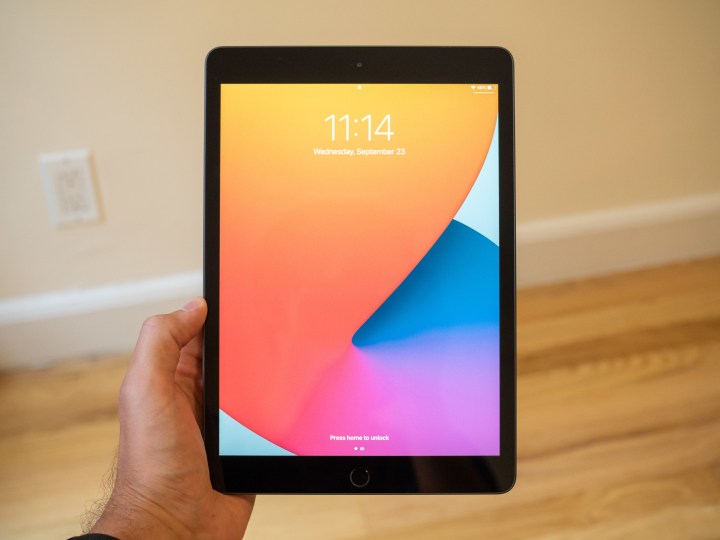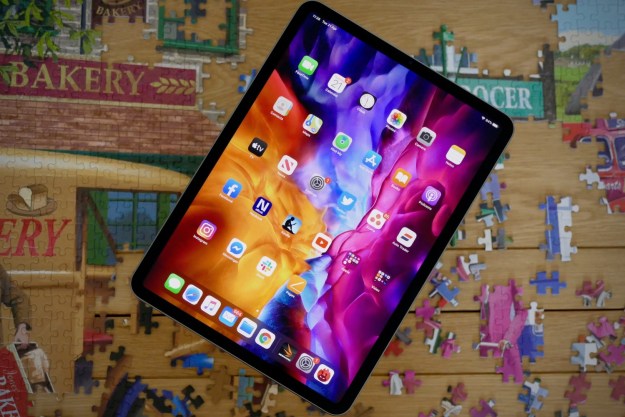The iPad Mini tablet has its fans, just like the compact smartphone, but it seems neither group is large enough for Apple to pay ongoing attention to the smallest members of its iPad and iPhone range. Despite its April Spring Loaded event being a very good time to do so, Apple once again hasn’t refreshed the iPad Mini, preferring to pack all the available tech into its new, largest iPad Pro tablet.
Why is there no love for the iPad Mini? Apple may simply be following the trend.
A surprise no-show
Apple hasn’t given the iPad Mini any love since 2019, when the 5th-generation model was introduced. Even then, it hadn’t been on a yearly update schedule after first being released in 2012. The iPad Mini 4th and 5th generation are technically still current as they both support iPadOS 14, but the hardware is now getting a bit old. The 5th-generation iPad Mini has the A12 Bionic from the 2018 iPhone range inside, but the 7.9-inch screen still has a respectable 2048 x 1536 pixel resolution.

However, the iPad Mini’s no-show comes as a surprise, as it was repeatedly mentioned in rumors ahead of Apple’s Spring Loaded 2021 event. A Wedbush analyst said it would come alongside the new iPad Pro, which did arrive, and a low-cost iPad, which didn’t. Before this, analyst Ming-Chi Kuo — a well known and respected source of Apple predictions — said a new iPad Mini would turn up during the first half of 2021, and come with a larger 8.5-inch screen.
The Spring Loaded event seemed to be the ideal time to show it off, as Apple rarely reveals new hardware during it’s Worldwide Developer Conference event in June, and once that’s out of the way, the first half of 2021 will be a thing of the past. Of course, there’s a chance Apple may be holding off until later in the year, or it’ll just announce a slightly updated iPad Mini via a press release over the next few months. Or, as is looking more probable, it could have just given the whole thing up.
Giving up?
It’s possible Apple will let the 5th-generation iPad Mini soldier on until the very last moment it can, because the demand for small tablets has dried up. You’ve got to really want an iPad Mini to buy one today, mainly because the 10.2-inch 8th-generation iPad is cheaper to buy — $329 compared to $399 — and offers a very similar specification, just with a larger screen. Tablets are great for media, and if you want one for that, chances are you’ll choose the bigger one every time.

Phones are getting bigger, too. The iPhone 12 Pro Max has a 6.7-inch screen, while the Samsung Galaxy S21 Ultra has a 6.8-inch screen. Both have a superior AMOLED screen, plus a higher resolution and higher pixel density than the iPad Mini. If that’s your everyday phone and you’re looking at getting a tablet, why get one that’s little more than an inch bigger, and not as high res?
Compact tablets were popular once. The Google Nexus 7 was a must-have piece of tech in 2012, but that was a time when screens on phones didn’t get bigger than about 4.8-inches, as seen on the Samsung Galaxy S3. Today, there are obviously still people who want a small tablet — Amazon still makes an 8-inch Kindle Fire HD — but when phones aren’t much smaller, demand for a larger tablet will be greater.
No more iPhone Minis?
At the end of 2020, Apple’s decision to increase the screen size of the iPhone 12 Pro and iPhone 12 Pro Max also prompted it to introduce an even smaller iPhone, the iPhone 12 Mini. Equipped with a 5.4-inch screen, it was the truly compact smartphone we’d been waiting for, and we praised it in our review. Unfortunately, apparently no one bought it. Unofficial sales figures indicate the iPhone 12 Mini makes up only 6% of the total iPhone sales, and the dismal showing may cause it to be dropped from the range in 2022.

If these figures are correct, it may have given Apple pause about introducing a refreshed iPad Mini. If only a few people care about a small iPhone (well, smallish, as the 4-inch iPhone SE is the truly small iPhone), even fewer people may care about a small iPad. When you gaze at the beautiful screen on the 2020 iPad Air or iPad Pro, or in wonder at the new Liquid Retina XDR-equipped iPad Pro, it’s very hard to settle for a relatively basic 7.9-inch screen from 2019 instead.
This doesn’t stop it from being unfortunate. If any company could revitalize the small tablet craze, it’s Apple, and there is something special about the iPad Mini’s cute, diminutive size and excellent portability. Maybe a sixth-generation iPad Mini will eventually arrive, but for now, it seems the only Mini Apple wants to lavish its love upon these days is the Mac Mini.
Editors' Recommendations
- Apple is about to do the unthinkable to its iPads
- Apple accidentally revealed a big iPad Pro display upgrade
- You may have to wait a while longer for new iPads
- This is when Apple will finally release its new 2024 iPads
- I’m worried about Apple’s new iPads




